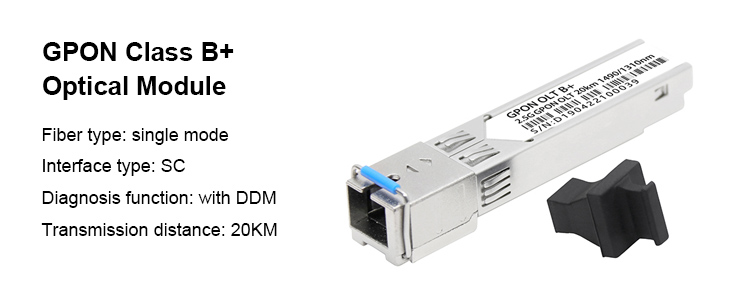PON refers to a passive optical fiber network, which is an important way for broadband access network services to be carried.
PON technology originated in 1995. Later, according to the difference between the data link layer and the physical layer, PON technology was gradually subdivided into APON, EPON, and GPON. Among them, APON technology has been eliminated by the market due to its high cost and low bandwidth.
1、EPON
Ethernet-based PON technology. It adopts point-to-multipoint structure and passive optical fiber transmission to provide multiple services on Ethernet. EPON technology is standardized by IEEE802.3 EFM working group. In this standard, the Ethernet and PON technologies are combined, the PON technology is used in the physical layer, the Ethernet protocol is used in the data link layer, and the PON topology is used to realize Ethernet access.
The advantages of EPON technology are low cost, high bandwidth, strong scalability, compatibility with existing Ethernet, and convenient management.
Common EPON optical modules on the market are:
(1) EPON OLT PX20+/PX20++/PX20+++ optical module, suitable for optical network unit and optical line terminal, its transmission distance is 20KM, single-mode, SC interface, support DDM.
(2) 10G EPON ONU SFP+ optical module, suitable for optical network unit and optical line terminal. The transmission distance is 20KM, single mode, SC interface, and DDM support.
10G EPON can be divided into two categories according to the rate: asymmetric mode and symmetric mode. The downlink rate of the asymmetric mode is 10Gbit/s, the uplink rate is 1Gbit/s, and the uplink and downlink rates of the symmetric mode are both 10Gbit/s.
2、GPON
GPON was first proposed by the FSAN organization in September 2002. On this basis, ITU-T completed the formulation of ITU-T G.984.1 and G.984.2 in March 2003, and completed G.984.1 and G.984.2 in February and June 2004. 984.3 standardization. Thus finally formed the standard family of GPON.
GPON technology is the latest generation of broadband passive optical integrated access standard based on the ITU-TG.984.x standard. It has many advantages such as high bandwidth, high efficiency, large coverage, rich user interfaces, and is regarded by most operators as a realization The ideal technology for broadband access network services and comprehensive transformation.
Common GPON optical modules on the market are:
(1) GPON OLT CLASS C+/C++/C+++ optical module, suitable for optical line terminal, its transmission distance is 20KM, rate is 2.5G/1.25G, single mode, SC interface, support DDM.
(2) GPON OLT CLASS B+ optical module, suitable for optical line terminal, its transmission distance is 20KM, speed is 2.5G/1.25G, single mode, SC interface, support DDM.








